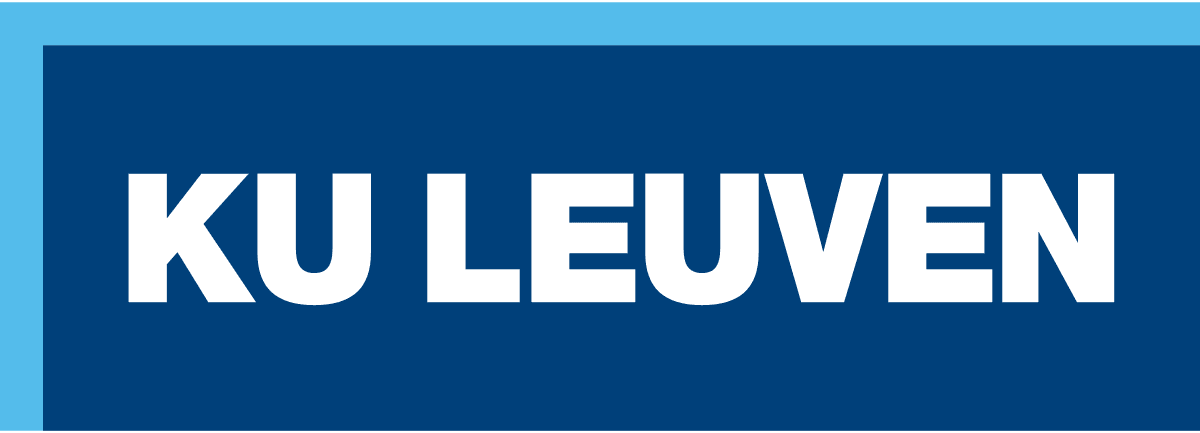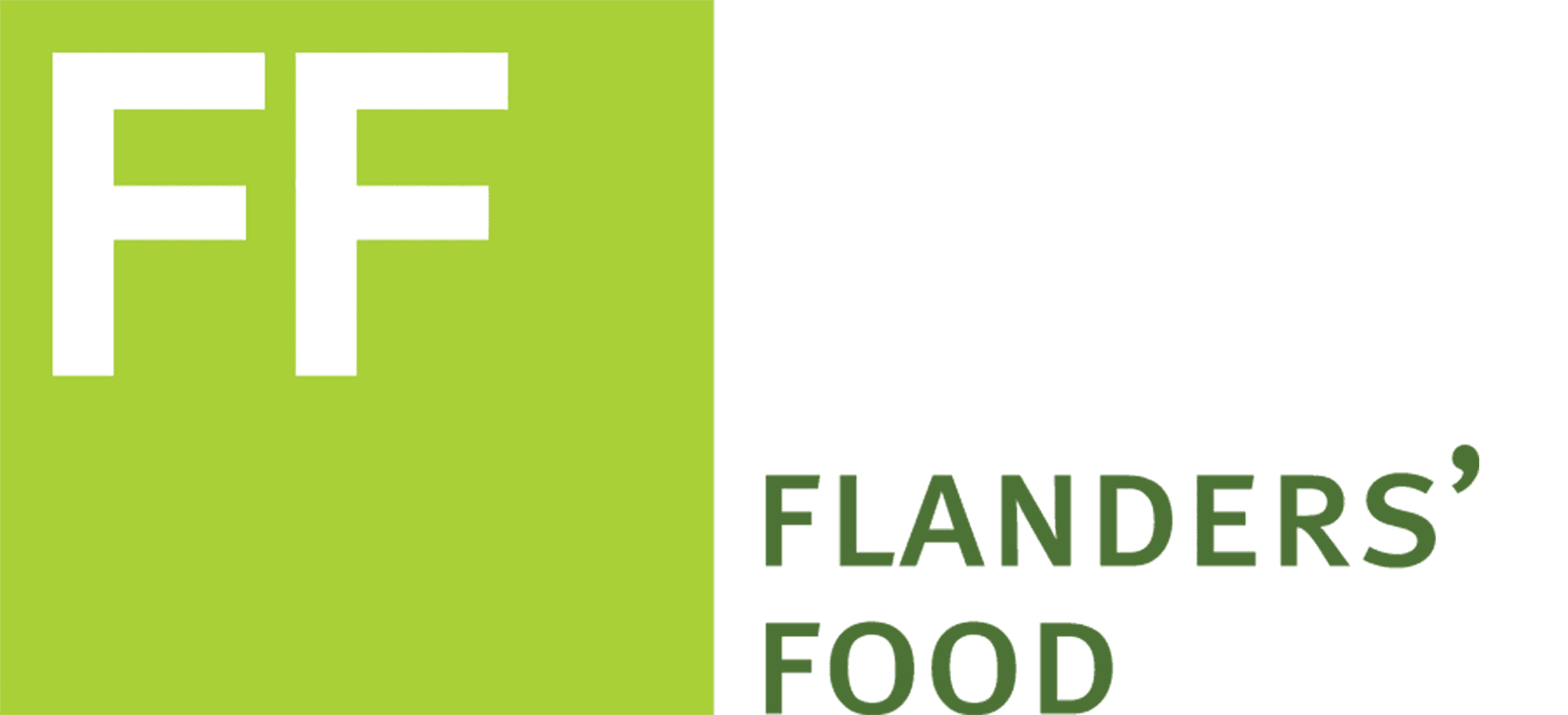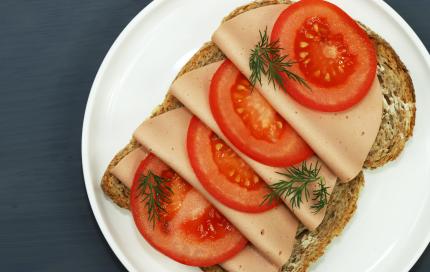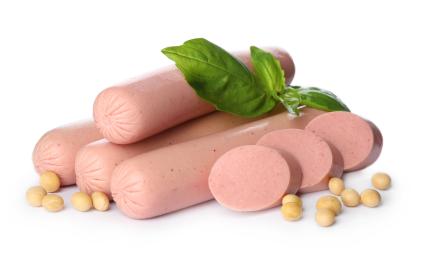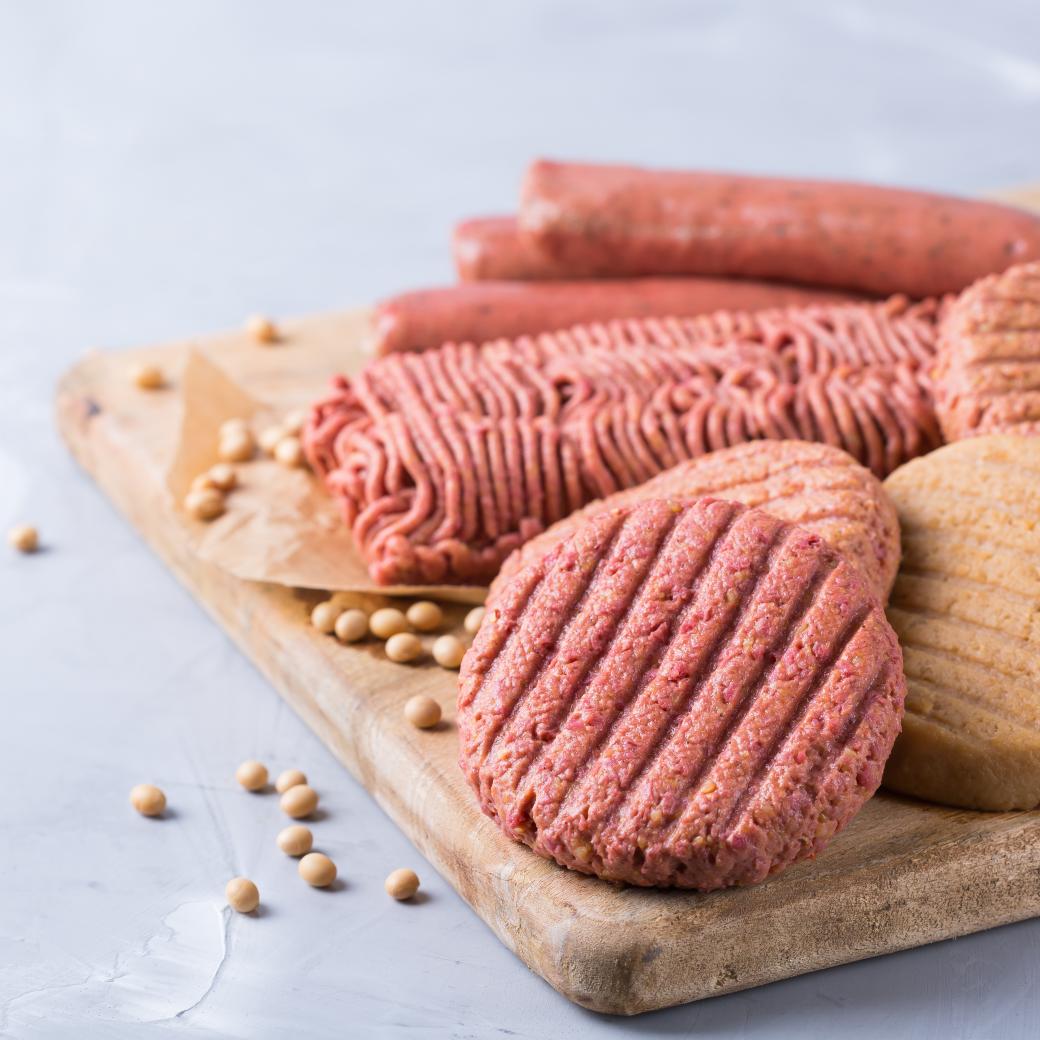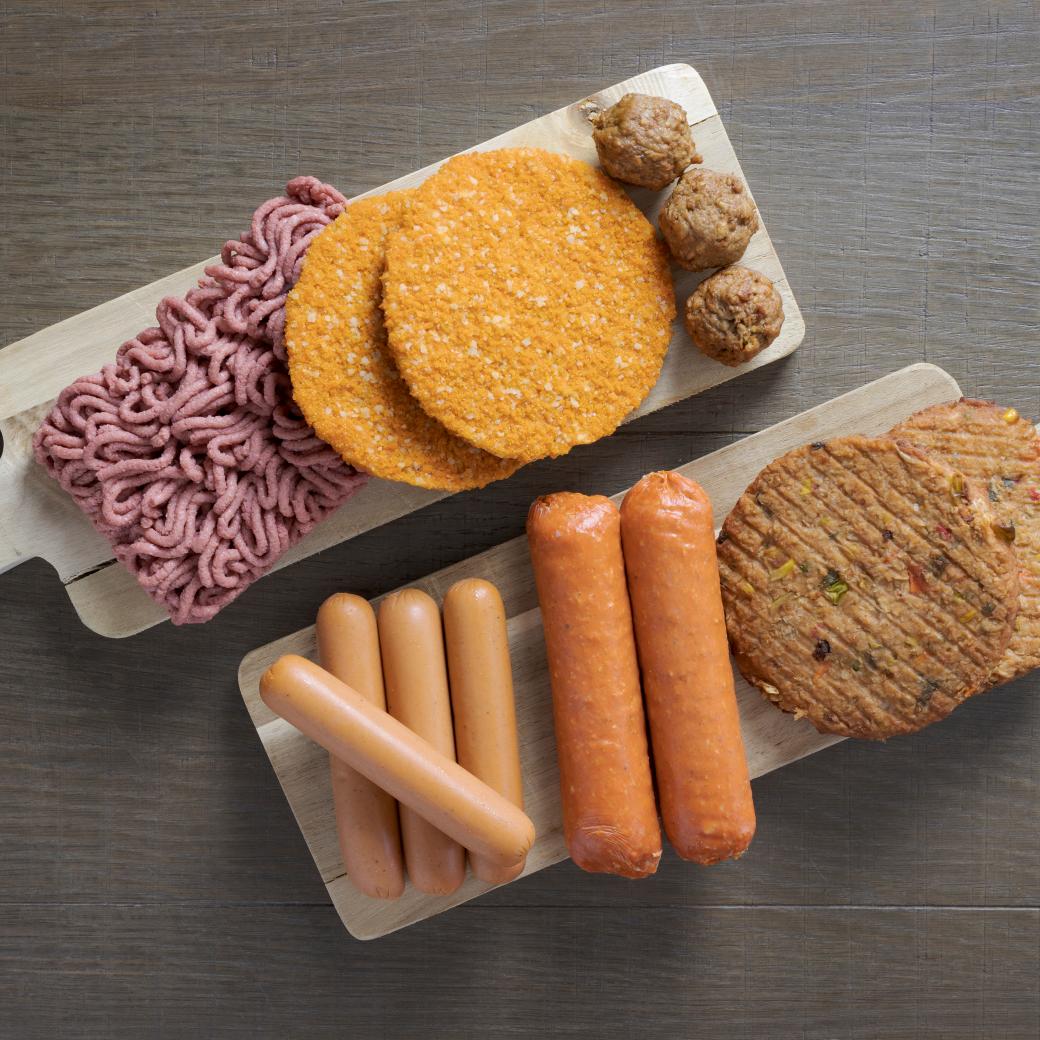MeatMimicMatrix
With support of:

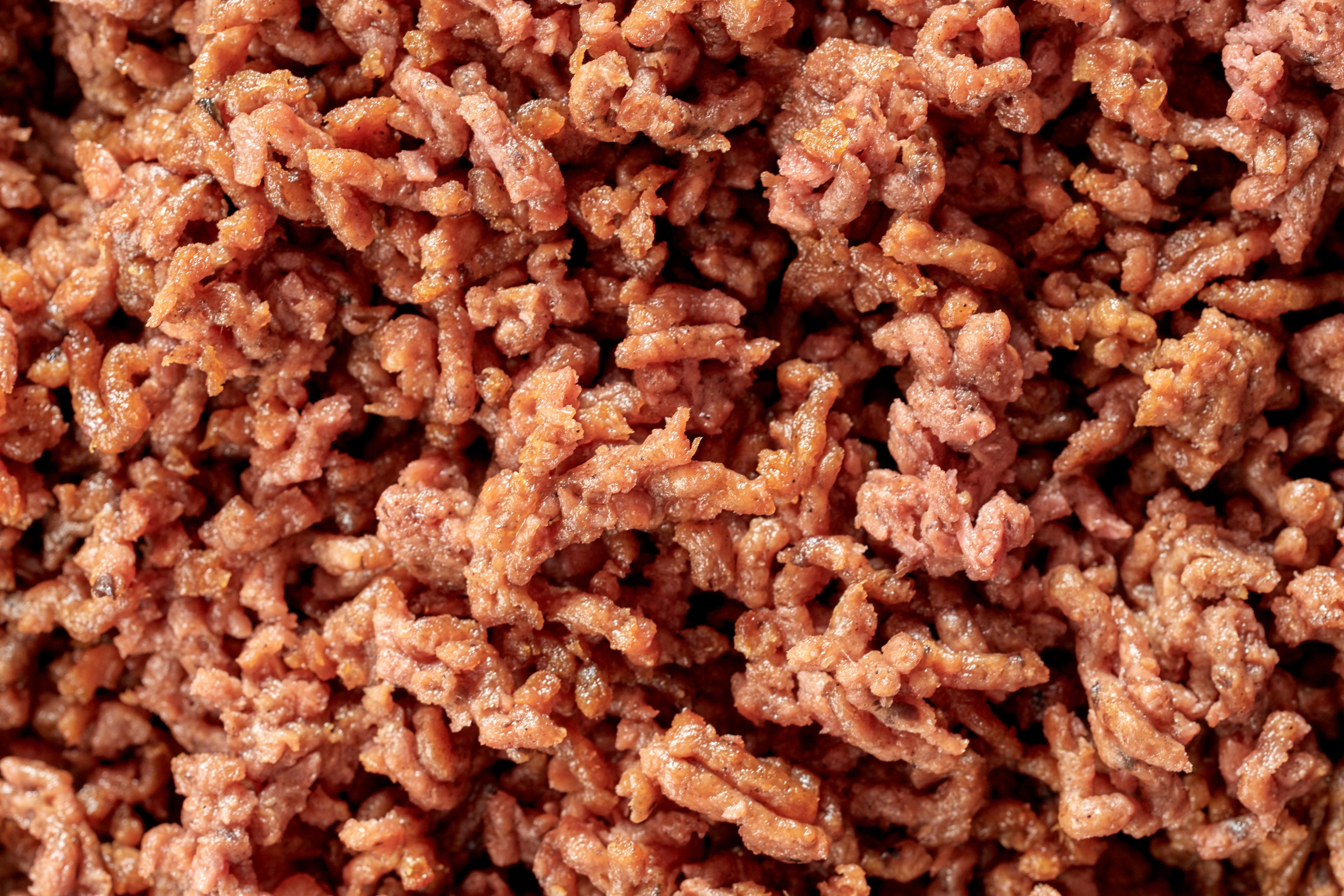
Knowledge matrix and prototypes for targeted product development of quality innovative meat alternatives
Why this project?
The dietary pattern in Flanders has evolved in recent years. Vegetable proteins are gaining in popularity and the number of flexitarians, those who deliberately eat no meat at least one day a week, is growing. These consumers are looking for meat alternatives, a market segment that has grown significantly in recent years and is expected to continue to grow in the coming decades. The increasing demand for meat alternatives creates economic opportunities for the food industry. Over the past few years, many food companies have taken the step of offering products in this segment, or are looking into adding these products to their range. However, developing a good plant-based alternative involves many technological challenges.
A recent market study by KU Leuven shows that:
- meat alternatives contain many different ingredients whose technological and functional roles (structure generating capacity, water binding and fat binding) are not always clear and
- the texture/structure of meat alternatives is often not of a high quality (too soft, brittle, mushy, little bite etc.).
Methodology and results
Meat Mimic Matrix was a collective practical research project (TETRA type) aimed at developing vegetarian/vegan meat alternatives with optimal structure and water and fat binding by means of an intelligent choice of proteins, fats and functional ingredients.
The project thus responded to the problem by describing the structure and the water and fat binding characteristics of meat alternatives in terms of the three main constituents, i.e. proteins, fats and functional ingredients. These three constituents form the three dimensions of the so-called "MeatMimicMatrix M³", an extensive knowledge matrix encompassing the various insights related to the ingredients and their impacts on the texture. Six case studies were conducted with companies from the steering committee. This project focused on alternatives to meat products (sandwich fillings). This category of meat alternatives is produced with non-textured proteins. Meat alternatives for hamburgers, nuggets, etc. that are produced with extruded/textured proteins were therefore beyond the scope of this project.
Access to the project results
The project came to an end in October 2022. A general summary of the results can be found in these articles:
- https://www.flandersfood.com/nl/artikel/2021/nabootsen-van-vleestextuur-geen-simpele-taak
- https://www.flandersfood.com/nl/artikel/2022/vleesanalogen-een-uitdaging-met-beet-aan
For more information related to the results, please contact Ilse Fraeye, ilse.fraeye@kuleuven.be
Target group
The project was primarily aimed at manufacturers of meat alternatives. They can use the knowledge matrix and the developed prototypes to develop and implement meat alternatives of their own choice. A second important target group comprises producers and suppliers of ingredients for meat alternatives. Based on the project results, they can provide their customers (producers of meat alternatives) with optimal proteins and functional ingredients in a more efficient and targeted way.
Project partners
Management and implementation were in the hands of the Research Group for Technology and Quality of Animal Products of the KU Leuven Technology Campus Ghent. Flanders' FOOD was responsible for the valorisation tasks.
Main partner responsible for the project execution: KU Leuven
- The research group for Technology and Quality of Animal Products from KU Leuven, under the supervision of Prof. Ilse Fraeye (ilse.fraeye@kuleuven.be)
Follow-up actions
An enormous amount of knowledge was accumulated during this project, but there still much more to be discovered. That is why KU Leuven, together with Flanders' FOOD and ILVO, has set up the COOCK project entitled ‘VegAnalog - Development of high-quality meat analogues with improved texture, flavour and aromas. In addition to texture, taste will also be very important in this project: VegAnalog - Flanders' FOOD (flandersfood.com)
